Promet has been providing a wide range of industries with chemical analysis, metallographic examination and corrosion test of metals and alloys, ranging from simple alloy identification to the more complex procedures accomplished by technically advanced equipment including SEM.
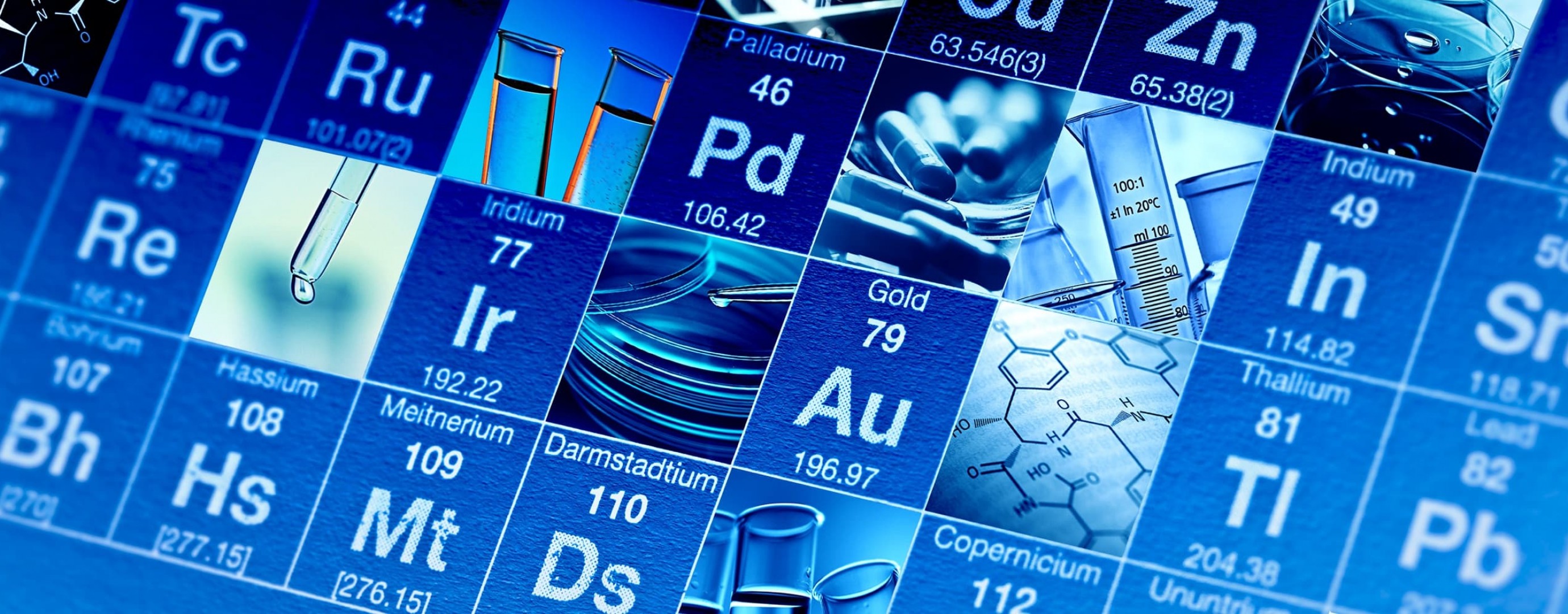
Metals, castings alloys such as aluminium alloys, zinc alloys, tin alloys and steel can be analyzed with reference to international standard testing methods (ASTM, EN, ISO, JIS, GB) by advanced analytical instruments.
Metal products such as toys, automotive parts, jewelry, food containers, cutlery, furniture hardware, zippers, electrical and electronic devices undergo regular chemical analysis of alloys, semi-finished products and end products to ensure their compliance with their specifications and safety regulations. As an effective quality control measure, close monitoring of chemical composition prevents contamination of foreign materials during production process and excessive recycling of sprue and runner.
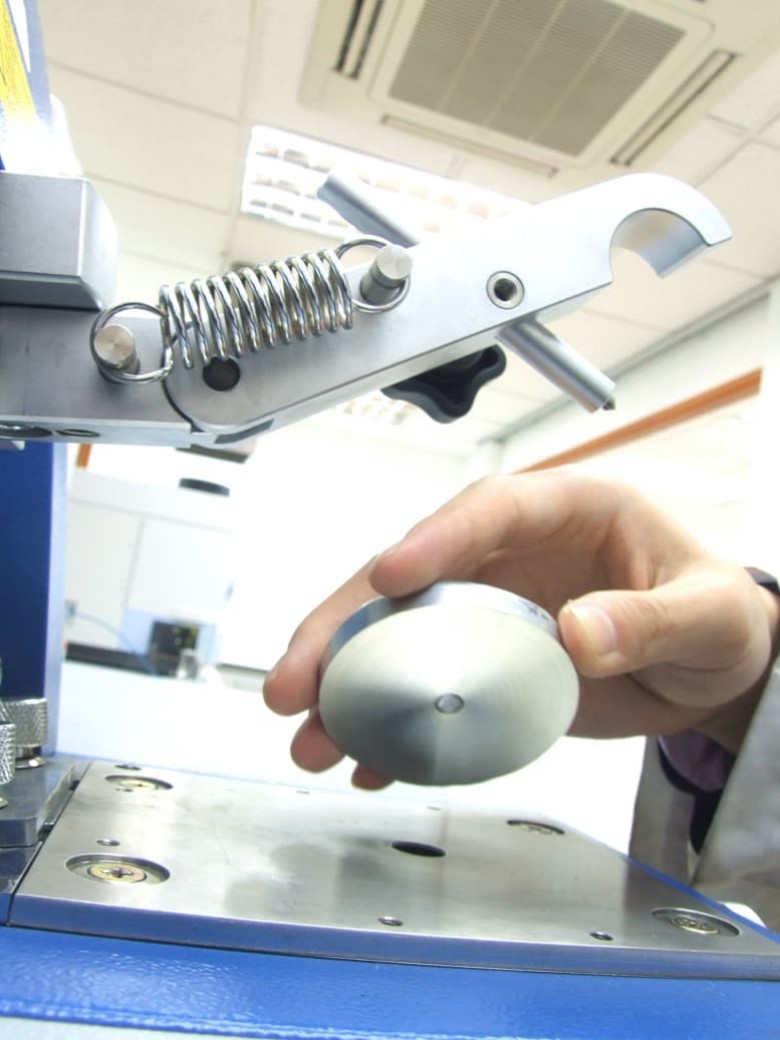
Promet has three Spectroscopes capable of conducting compositional chemical analysis on various metals, alloys and water.
equipped with various models of certified reference material (CRM) for calibration to achieve accurate results within a short lead time
equipped with multi-element standard solution to test the elements of the dissolved metals for highly reliable results, overcoming the limitation of sample size
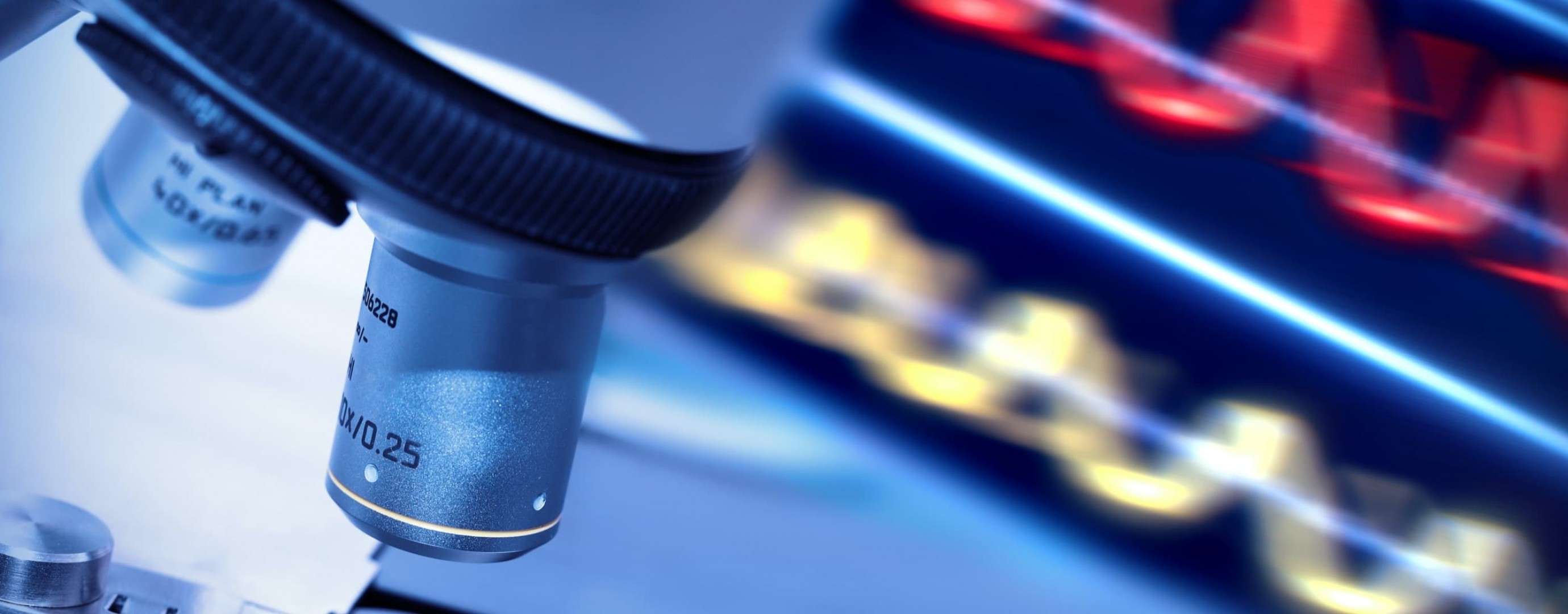
Failure of mechanical properties (strength and ductility) and environment resistance (hardness and corrosion resistance) could be caused by either the material properties or fabrication process. Through the microscopic study of the structure of metals and alloys, metallographic examination allows investigators to conduct analyses of defects, grain size, fracture surface and plating thickness in a product.
Promet’s knowledgeable specialists use state of the art optical microscope equipped with professional digital camera and image analysis software. For higher resolution and micro-chemical analysis, Scanning Electron Microscope (SEM) is used.
A destructive testing method, classic metallography consists of cutting sections through the sample, embedding it in synthetic resin, grinding and polishing the surface until it is smooth.
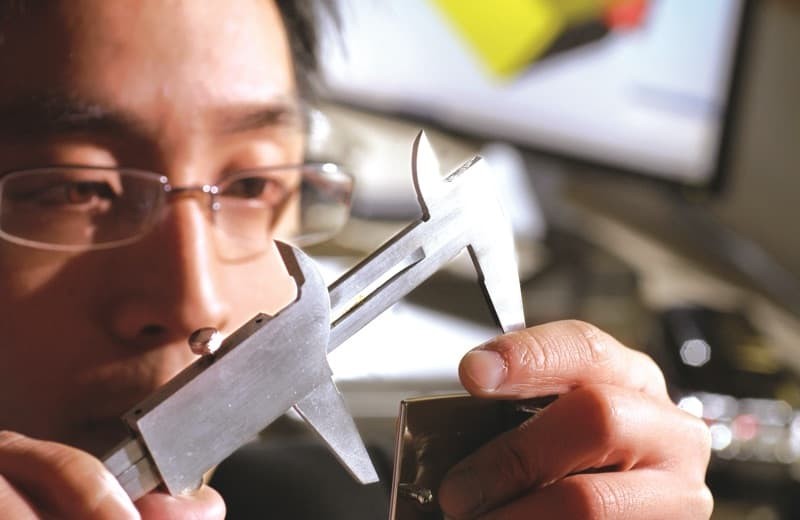
Most defects are small. Great care must be taken to ensure that the defect is not damaged during sampling and preparation. Mircoscope (magnification 3 to 25X) is used to assist in this process.
Most defects require a microscopic examination which requires a cross section sample of the casting to be cut.
The sample has to be cut very close to the defect while the defect remaining intact. The sample is then mounted in a resin so that the sample surface is flattened and the edges are protected.
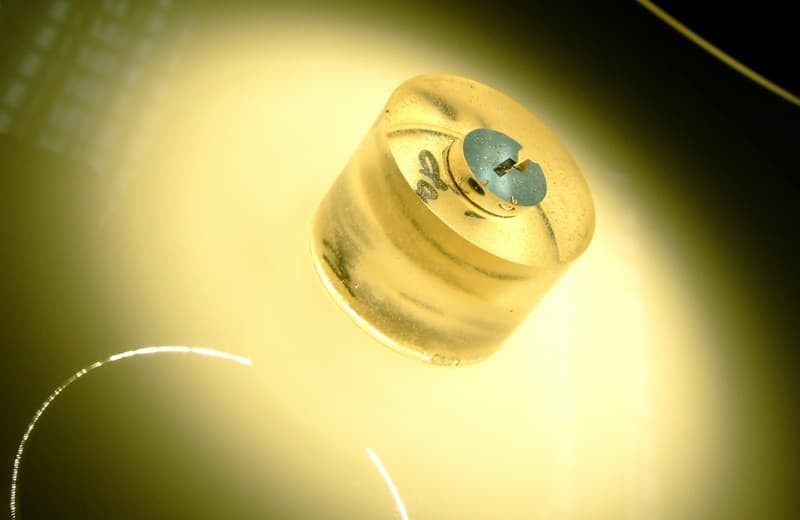
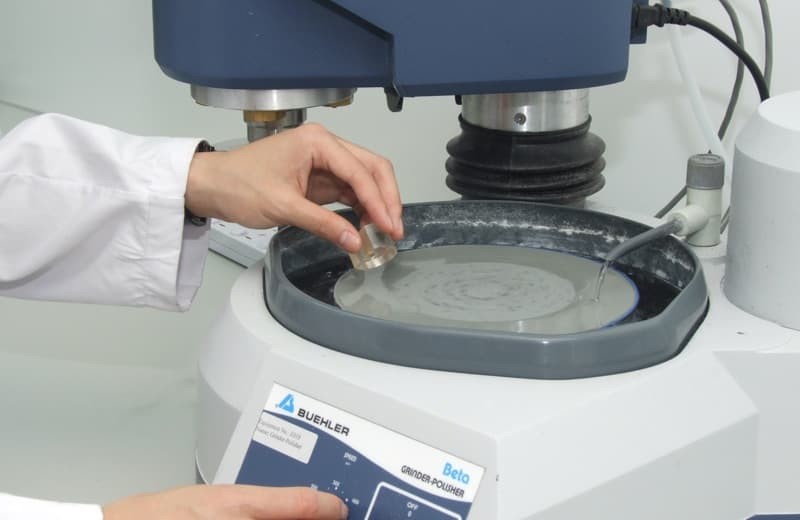
The mounted sample is then ground and polished. Grinding and polishing requires significant skill and experience. The surface has to be flat, clean and free from residual scratches in order to examine the defect under a metallographic microscope.
Casting samples are typically magnified from between 100 to 500 times for examination of casting or coating defects. Under a microscope, an expert can identify the type of defect(s) therein and observe the structural detail that results in such defect(s).
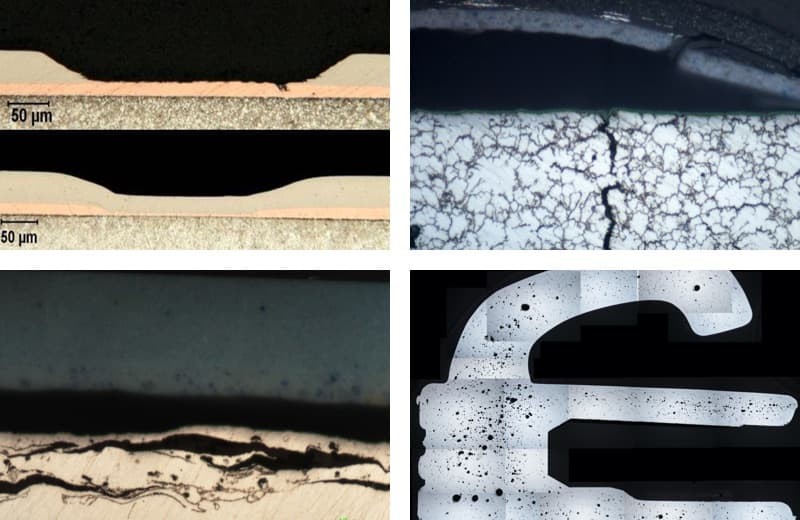

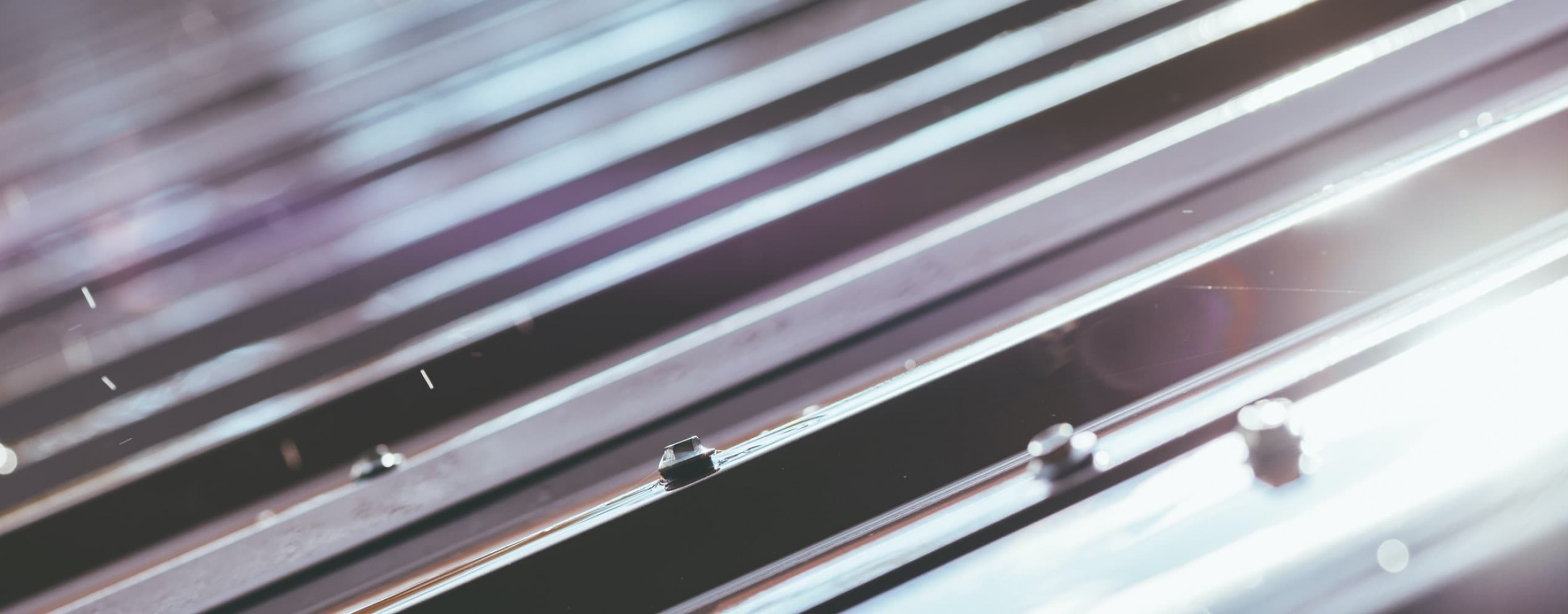
Salt spray test is an accelerated corrosion test that produces a corrosive attack to the specimens of metals and coated metals in order to predict its suitability in use as a protective finish. A 5% salt water solution in a pH range of 6.5 - 7.2 is atomized as a fog into the heated chamber maintained at 95°F±3°F (35°C±2°C). Test time ranges from 24 to thousands of hours, usually in 24 hour increments.
Based on ASTM B117 Specification, Promet’s neutral salt spray (fog) test provides the painted or coated metal samples exposure to a salt intensive atmosphere at designated temperature and testing period matching the proper specification. The test generates data and gives insights of the coating effectiveness in a given controlled corrosive environment.